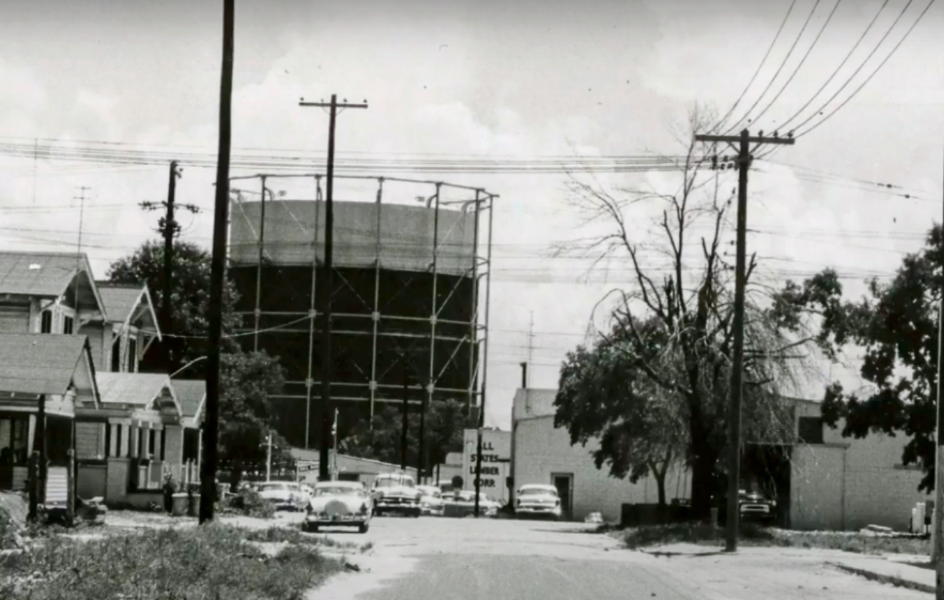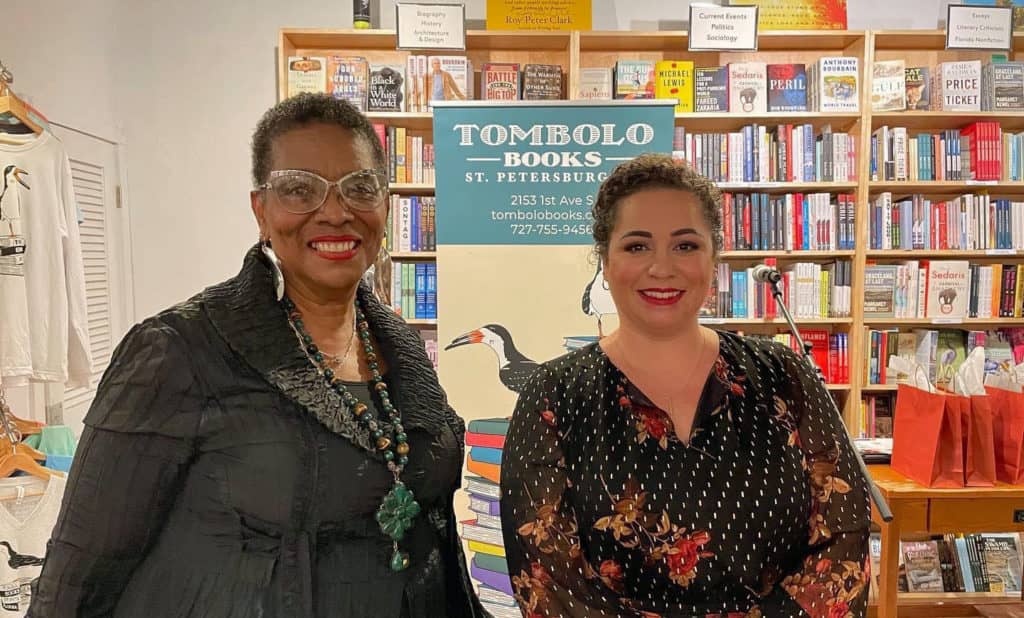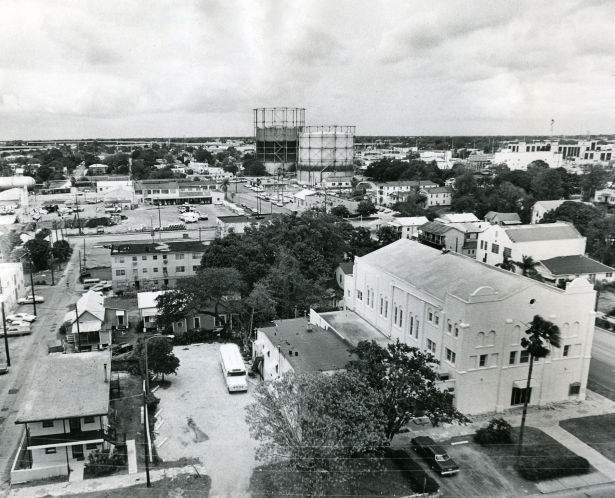Thrive
Before baseball: Residents keep Gas Plant memories alive

Regardless of what development team Mayor Ken Welch selects to transform the Historic Gas Plant District and Tropicana Field site, those displaced from the area will have each other.
Local historian Gwendolyn Reese, president of the African American Heritage Association of St. Petersburg, is bringing together former residents of the Gas Plant and adjacent Laurel Park neighborhoods and their descendants. She held the first in an ongoing series of virtual meetings Thursday night for those affected by displacement.
Reese hopes to preserve stories from those that lived, loved, worked, played and died in the area before they become lost to time. A book she is writing will also document their shared history.
“I think it’s a worthwhile goal,” said Brenda Nelson. “Because we’re a family. We have branched away, and we’re doing our own thing, but people who were together during that period of time helped each other.”
After much consideration, Reese decided she could benefit the community by participating in the redevelopment process. She chose to lend her expertise and thoughts to the Tampa Bay Rays and Hines’ team, one of four that submitted proposals.
However, no redevelopment representatives participated in Thursday night’s intimate meeting.
“This is not linked directly to the development,” said Reese at the onset. “This is about bringing us together, like the reunion we did in December 2021.”

Gwendolyn Reese, left, president of the African American Heritage Association of St. Petersburg, and Nicole Slaughter Graham, project manager for the digitization of the African American Heritage Trail. Photo provided.
Reese plans to form a semiformal association – a proposal meeting participants unanimously supported – of people affected by the area’s first redevelopment.
In the 1980s, city officials began razing neighborhoods Reese previously referred to as sacred.
While the meeting did not directly involve the Tampa Bay Rays, former Gas Plant and Laurel Park residents and their descendants remain intrinsically intertwined with the city’s baseball team. According to Rosalie Peck and Jon Wilson’s book St. Petersburg’s Historic African American Neighborhoods, workers bulldozed 285 buildings, more than 30 businesses closed or moved, and city officials forced 500 households and nine churches to relocate.
Local leadership promised revitalization and jobs. Residents received Tropicana Field and its sprawling parking lots.
The Gas Plant and Laurel Park neighborhoods served as a sanctuary for Black residents through decades of segregation and Jim Crow laws. Reese noted that a University of South Florida St. Petersburg professor and various other stakeholders are trying to create a map and acquire pictures from that era, something she said is exponentially more difficult, due to the omnipresent racial inequality of the time.
She relayed that the St. Petersburg Times did not provide much coverage of the African American community in those days, relegating that news to its “Negro Pages.” Reese does have a list of businesses that once thrived in those neighborhoods, but said the group would “have to be very creative and innovative about how to get our message out and hopefully get people to share their pictures.”
Reese noted the importance of preserving and sharing stories told through the eyes of people that lived those experiences. She also relayed how storytelling is an integral aspect of African culture.
Far removed from the glitz and glamour of a recent event at The Coliseum that showcased the four development teams vying to redevelop the 86-acre Tropicana Field site, its former inhabitants shared some of those stories.
Carlos Lovett was born and raised in the Gas Plant District and said his family was among the last to leave the area. He recalled seeing a lot of boarded-up homes and sand as a teenager and how “it was just dead – unlike when I was younger.”
Lovett said his family lived off 1st Ave. South. There is now a parking lot where his boyhood home once stood.

The Gas Plant Neighborhood was razed in the 1980s to make way for Tropicana Field. File photo.
His dad was a roofer, his mom stayed home to care for the children, and Lovett and his siblings played football in an area now reserved for professional baseball. They swam in Booker Creek, his “auntie” lived next door, and Lovett said the area “was just what I knew.”
“We could see the train come – and they would bring circus animals – because the train tracks ran right in front of our house,” Lovett reminisced. “We couldn’t afford to go to the circus anyway, so we would just run down there and watch the trains and play under that bridge.”
Reese and Lovett are creating a Facebook page to help former residents and their descendants connect. Reese said she would also establish a dedicated email address for the group and compile a member roster with contact information. The virtual meetings will continue monthly.
Welch, who often refers to himself as “a child of the Gas Plant,” will announce his choice to lead the area’s latest redevelopment during his State of the City address Jan. 30.








Jeremy W
January 19, 2023at11:33 am
The Mayor is going to pick the Rays/Hines proposal. Shame they are pretending to make up for past transgressions when really it’s all about what’s most profitable for the city and the Rays.
Shirley Hayes
January 17, 2023at5:47 pm
I lived 326 Royal St. in Royal Court, also at 325 Royal st. Then we lived at 1212 Dixie Avenue behind McRae funeral Home, then Pioneer Apartments on 4th Avenue and 10th Street. As an adult 1641 Court Ave in Laurel Park.The neighborhood was Not torn down for a stadium. They promised us better housing, jobs and a place for business owners to return. They Lied.
Charlene
January 15, 2023at9:23 am
I lived in laurel park… I remember my address 310 Royal street.
Jon
January 14, 2023at5:32 pm
I remember my dad going to that area to get ice from the ice plant, to keep our food cold when we went picnicking or on overnight local camping trips.